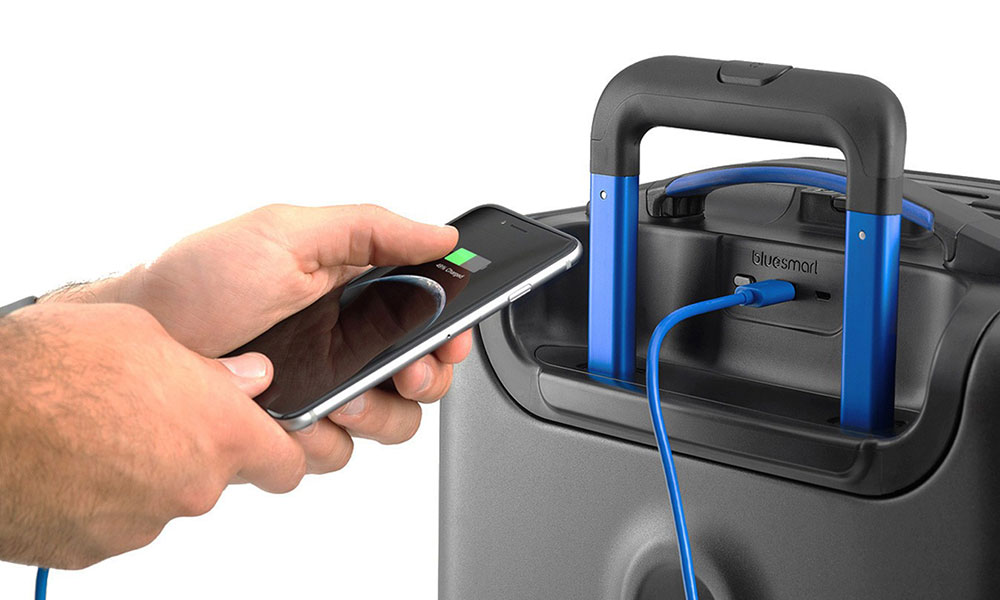
Luggage Tracking Evolves, but It’s Still Not Perfect
Many travelers want the comfort of knowing that their bag is sticking with them. Tracking technology could quell their fears about checking their luggage, and it's improving quickly. But it still comes with plenty of pitfalls.
Luggage is starting to get a mind of its own. And for a travelers who lose suitcases in transit, it could prove a life-saver.
Technologies are being introduced both in large airports around the world and in the consumer market to better track where a piece of luggage goes—which might help airlines and travelers alike ensure that checked bags reach their destination without any headaches.
Earlier this year, for example, Delta Airlines introduced a $50 million RFID-tag program, which will eventually replace hand-scanning of bar codes, to ensure that bags reach their intended destinations. The technology will also be available to individual travelers, letting them know through push notifications and map functionality where their bags currently are. (The push notifications are expected later this year; the map view is already enabled in the Fly Delta app.)
Airports are working on the issue as well. In comments to the Toronto Star, Greater Toronto Airport Authority Senior Communications Adviser Shabeen Hanifa said the airport has a 99 percent success rate with delivering baggage on time—and it’s working to improve that number even more.
“We’ve got a $400 million master plan to improve the baggage-processing system, with three major projects: automated baggage storage, an individual baggage carrier system, and an automated baggage connections process,” Hanifa told the Star.
But plenty of travelers want more control. According to the International Air Transport Association’s Global Passenger Survey, a third of passengers want to self-tag their checked bags, and 39 percent want electronic bag tags they can pre-program at home. And around three in five travelers (61 percent) want to track their bag during the trip.
Tracking Devices Hit the Market
That’s a market opportunity, and companies are offering tools designed for this purpose. For example, bags from the luggage firm Bluesmart include a built-in charger, luggage-tracking capabilities through GPS, and other features designed for the road warrior. They’re not cheap, though: The Bluesmart One goes for $449. And while Fast Company contributor Emily Price noted that the Bluesmart bag she tested was slick and snazzy, it wasn’t perfect—particularly when it came to the GPS.
“I tried in several airports to locate the bag that was sitting right beside me, and the app would show it outside the airport, in a different terminal, or even down the street,” she wrote.
There are cheaper options, such as the Trakdot, which allows you to add a cellular tracker to your luggage, but it has pitfalls too. In comments to USA Today, Trakdot user Jeffrey Kolker noted that he couldn’t detect the device when his bag went missing in Italy.
“It didn’t matter,” he said. “The batteries on the Trakdot were dead.”
But the attention to the market means that such technologies will improve and likely get cheaper over time. Meanwhile, USA Today’s Christopher Elliott notes that the basics still matter: It’s important to mark your bag, properly track it, and consider the airline if you want to ensure your bag follows you to your destination.
“Losing or misplacing a bag or two per flight is still a bag or two too many, especially when it’s yours,” Elliott writes. “Until these systems become the standard and are fully tested, you’re better off tracking your own luggage. Or not letting it out of your sight.”
(Bluesmart press photo)






Comments